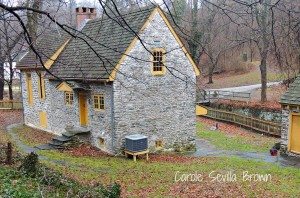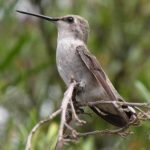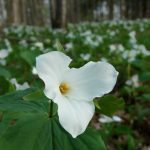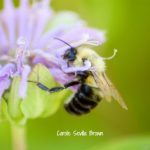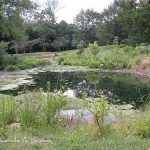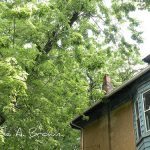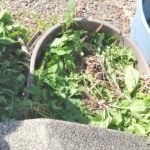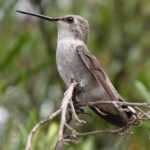I had the honor of participating in the 27th Annual Mid-Winter Bird Census this past week, and my assigned location was in Wissahickon Park, a watershed gorge along the Monoshone and Wissahickon Creeks. Sadly, I didn’t see many birds that day, but I did discover many mysteries and natural wonders while hiking the rocky trails of the Wissahickon.
Winter is a wonderful time to visit natural areas near you, such as my trip to Wissahickon Park. You get to focus on the structure of the plant community and observe many details that would go unnoticed when the trees are all leafed out or blooming during spring and summer.
Wissahickon Park is a large, natural park located in the Wissahickon Valley in the northwest suburbs of Philadelphia, Pennsylvania, USA. The park covers over 1,800 acres of lush, forested land, and is a popular destination for hiking, biking, and horseback riding.
The Wissahickon Creek, a tributary of the Schuylkill River, runs through the park, providing a unique and beautiful landscape that attracts visitors from all over the region. The creek is surrounded by steep cliffs and rugged rock formations, and is a popular spot for rock climbing and fishing.
The park is also home to a wide variety of wildlife, including deer, foxes, coyotes, and over 200 species of birds. The park’s diverse habitats, including forests, meadows, and wetlands, provide important habitat for a wide range of wildlife species.
In addition to its recreational opportunities, Wissahickon Park is also a valuable cultural and historical resource, with several historic sites and structures located throughout the park. These include the Wissahickon Creek Dam, an historic stone dam built in the 1700s, and the Wissahickon Inn, a historic tavern that dates back to the 1700s.
Wissahickon Park is managed by the Fairmount Park Commission, and is an important part of the larger Fairmount Park system, one of the largest urban park systems in the country. The park is open year-round, and admission is free.
Although Wissahickon Park has been protected and restored to wilderness in many places, this does not mean that this forest is able to take care of itself after so much human disturbance.
More From Ecosystem Gardening:
Submit your review | |

